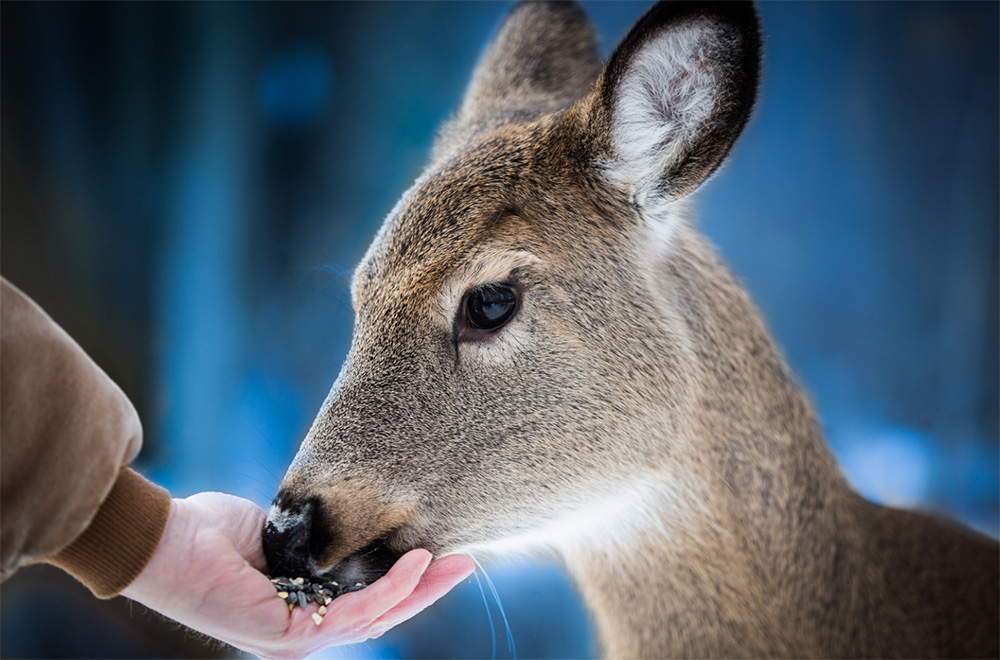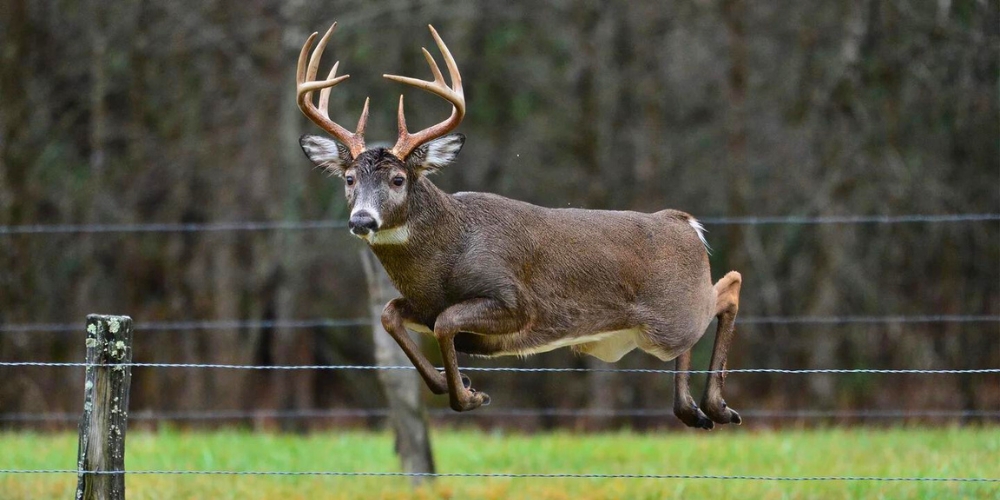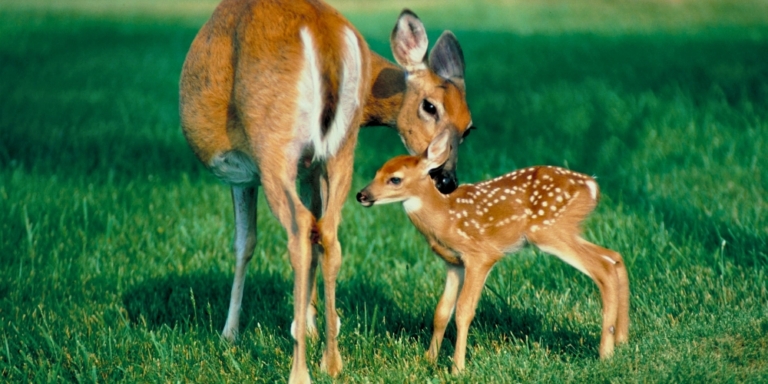Gardening has seen a resurgence in Alberta as locals plant their own crops to offset high food costs and enjoy fresher, more nutritious produce.
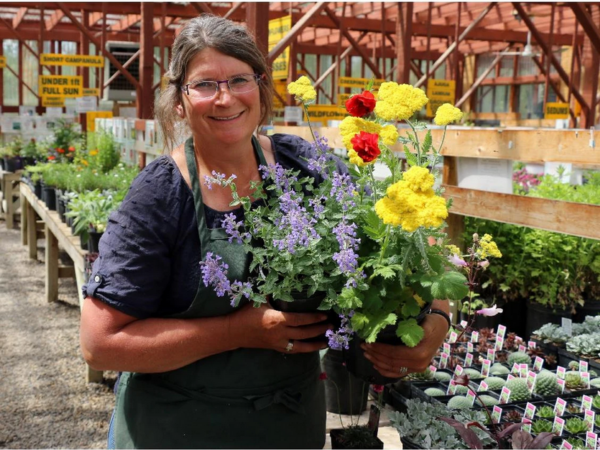
Whether you’re in the city or the countryside, your delicious garden is likely to attract local deer.
And while Albertans are known for their generosity, no one wants their hard work to end up as deer dinner!
Many gardeners turn to fencing as a solution, but it’s not as straightforward as it seems.
In most towns and municipalities, like Cochrane, you need a permit to build a fence taller than two meters. And some areas simply do not allow such high fences.
That’s a challenge because white-tailed deer, which are common across the province, can easily leap over anything less than two metres. A fence any shorter might as well be an invitation for deer to feast.
So, if you can’t fence off your garden due to local restrictions or high building costs, then what can you do?
Picky Eaters
Our province’s green thumbs differ from your garden-variety gardeners, and expert Katrina Diebel has a few tips beyond fencing to keep deer out of your garden this season.
Deer are surprisingly picky eaters and prefer plants with soft foliage, stems, or flowers with a sweet smell.
Katrina Diebel, owner of Vale’s Greenhouse in Diamond Valley, suggests using the deers’ refined palettes against them by planting unappetizing flowers for the animals.
“For perennials, we always recommend peonies. They don’t eat peonies, and they don’t eat nepeta. For annuals, they don’t eat snapdragons or dusty miller,” Diebel told Town and Country Today.
She also recommends keeping plants that might attract deer out of reach and growing plants that deer don’t like around the perimeter of your garden.
A Non-Deery Diet Isn’t Enough
However, planting flowers that deer don’t like isn’t foolproof. If a deer is hungry enough, it will eat anything, especially after winter.


“…and if they haven’t tried something before, they’ll come in and have a taste of it, and even then, they might decide they don’t like it,” said Okotoks Garden Club President Sue Russell.
During the colder months, deer reduce their food intake to conserve energy. White-tailed deer can go a solid month without eating and may lose up to 20 percent or more of their body weight.
Come spring, deer are out in full force, looking for food to rebuild their strength, and gardens are an easy target.
Junipers are known to be deer-resistant, but hungry deer devoured the junipers planted outside the Sheep River Library in Diamond Valley.
It’s a surprising turn of events: last year, mule deer in Pincher Creek, known for their avoidance of prickly roses, destroyed the iconic rose garden at Lebel Mansion.
However, a deer doesn’t need to eat a garden to destroy it.
“…they have four great big feet, so while having a little taste which might not do that much harm, their big feet do a great deal of harm,” Russell explained.
Other Strategies
There is no one fool-proof solution to keep deer out of your garden.
A deer-resistant garden is the sum of its parts.
Diebel and Russell recommend combining fencing and plating deer-resistant flowers with other methods like motion-sensing sprinklers.
But if you’re like Russell and have a small front yard, motion-sensing sprinklers might do a better job of soaking your neighbours than deer.
“It’s quite effective at keeping the deer out, but in a suburban front yard, you’re wasting a lot of water, and you’re squirting every car, every person, everything, so that’s the downside of it,” said Russell.
Another method that local gardeners have used to varying degrees of success is to string up a line of CDs or DVDs around the garden that wiggle and spin in the wind, flashing reflected light to scare deer away.
According to HGTV, another effective “deer repellent is ordinary bar soap. Hung from strings in trees or large shrubs, whether wrapped or unwrapped, the scent of the soap is said to keep deer away. Some people even attach soap bars to stakes, placed at 10- to 15-foot intervals along the perimeter of their property or garden area.”
There are even high-tech solutions, such as solar-powered ultrasonic deer repellents, that emit a high-pitched sound and a bright light to scare deer away.
However, these devices are also triggered by other animals, such as dogs or cats. Plus, they can get pricey if you have a big garden area to cover.
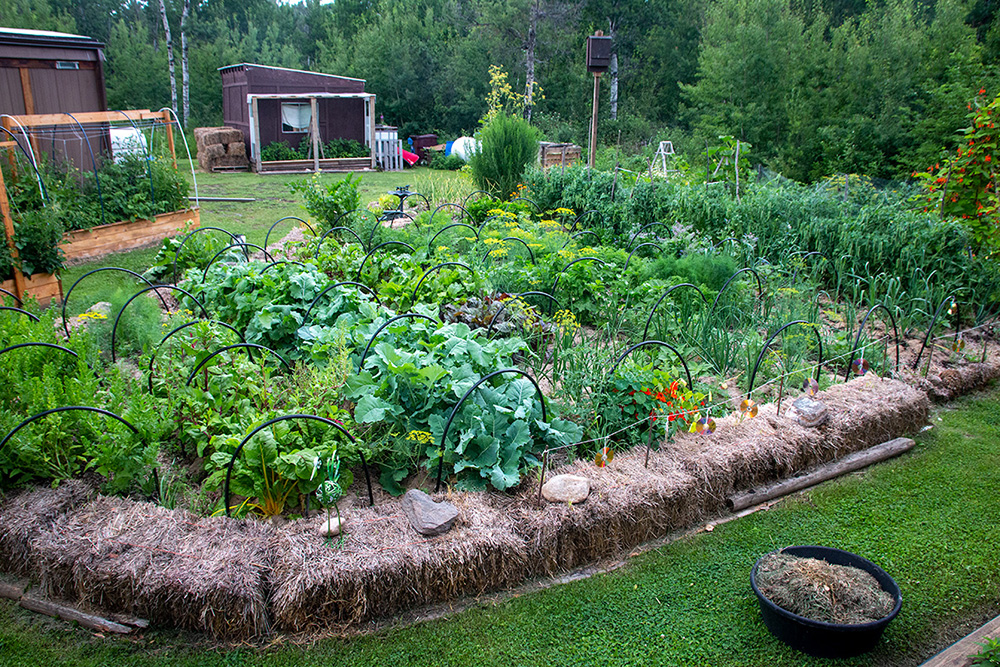

Community Efforts
One of the most effective methods of keeping deer away won’t cost you a dime, but it requires a group effort.
People need to stop intentionally feeding deer.
Feeding deer makes the animals more vulnerable to starvation, predation, disease, and vehicle collisions.
Deer can also attract predators like coyotes, foxes, and bears to urban areas.
Fed deer also become more aggressive towards people.
In the end, feeding wildlife causes more harm than good.
Residents need to do their part and minimize their interactions with deer to reduce the presence of the animals in communities like Okotoks.
Deer are wide-eyed and cute, but they aren’t pets. Deer are wild animals and should be treated as such.
